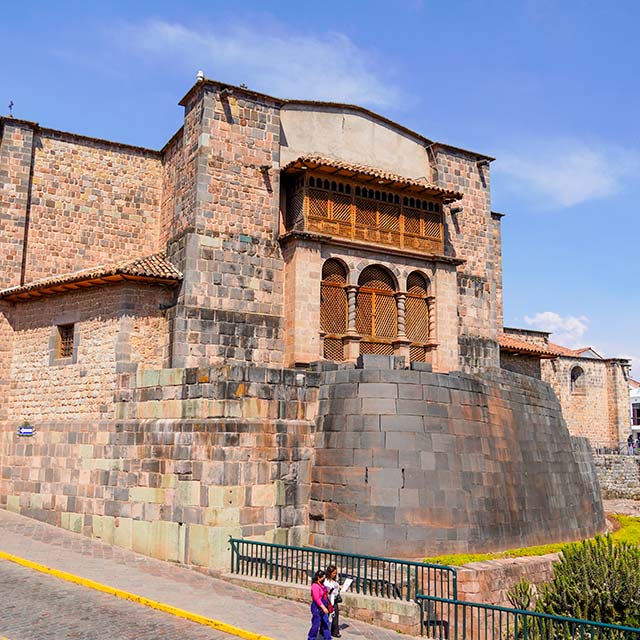Without a doubt, Maras is one of the most desired tourist sites by tourists in Cusco. But Maras is not only charming for its incredible beauty but also for the same product that the best restaurants in the world recognize today; “the pink salt of Maras.”
Table of Contents
Extraction of the pink salt of Maras
Maras pink salt is extracted from salt mines in the district of Maras, province of Urubamba, in the department of Cusco. The salt flats are located along the Andes Mountains, above 3,000 meters above sea level, where a saltwater catchment basin is hidden.
In the 15th century, the local inhabitants were able to build a system of canals and wells to extract salt from the evaporation of the salty waters of the river that crosses the area.
This small river is probably nothing more than the drainage channel of an ocean trapped underground millions of years ago.

The salt of Maras and the Incas
Some archaeological finds suggest that before the construction of modern salt pans, the Incas were already extracting salt using a rudimentary process: they flooded their land, allowed it to dry, and then harvested the salt.
For the Incas, the origin of the Maras salt mines dates back to the legend of the Ayar brothers. According to him, the tears of the warrior Ayar Cachi formed the surroundings of 4,500 saltwater pools after becoming a mountain: the Cerro de Qaqawiñay.

Organization of work in the salt wells of Maras
The salt flats of Maras are divided into three areas.
Each is managed by two types of workers: the “waterer” and the “storekeeper.” The first deals with the water level in the ponds, while the second is responsible for transporting and storing the bags of salt.

The ideal time to harvest pink salt
Salt is produced during the dry months through the evaporation of water, after which the salt settles to the bottom. The operation is repeated every two days, and the quality of the salt gradually increases each time. Each pond (measuring 5 square meters) can produce 100 to 150 kg of salt yearly.

Pink salt from Maras and the local economy
The pink salt from Maras has played a fundamental role in the diet and economy of the area: until a few decades ago, some 400 families earned their living from this activity.

Maras salt and its healthy qualities
It is highly appreciated for its quality even outside of Maras. Its mineral content (calcium, iron, magnesium, zinc, and copper) and low sodium levels make it a perfect supplement. It is also appreciated for its medicinal properties, including its use in the treatment of hypertension, kidney stones, and the prevention of osteoporosis.
It is an essential product for the Maras community, serving as a significant source of income, not only through its sale but also because it attracts tourists.
Due to the large-scale introduction of industrial salt and the gradual depopulation of the area, the activity is now at risk.











No comment yet, add your voice below!